An Introduction to Refrigerators: Understanding The Ideal Temperature for Your Refrigerator
Refrigerators have become a staple appliance in modern homes and businesses, providing a convenient way to store perishable goods and keep them fresh for consumption. A refrigerator operates through a system of refrigeration that maintains the internal temperature at a specific level, allowing for the storage of food items for extended periods of time. A typical refrigerator consists of two compartments: the fridge and freezer.
The fridge section is typically located at the top or bottom of the unit, while the freezer is usually located below or above it. The fridge section operates at a higher temperature than the freezer, with an average temperature range between 35 °F and 40 °F (1.7–4.4 °C), while the freezer operates at a colder temperature range between -5°F and 0°F (-20°C to -18 °C).
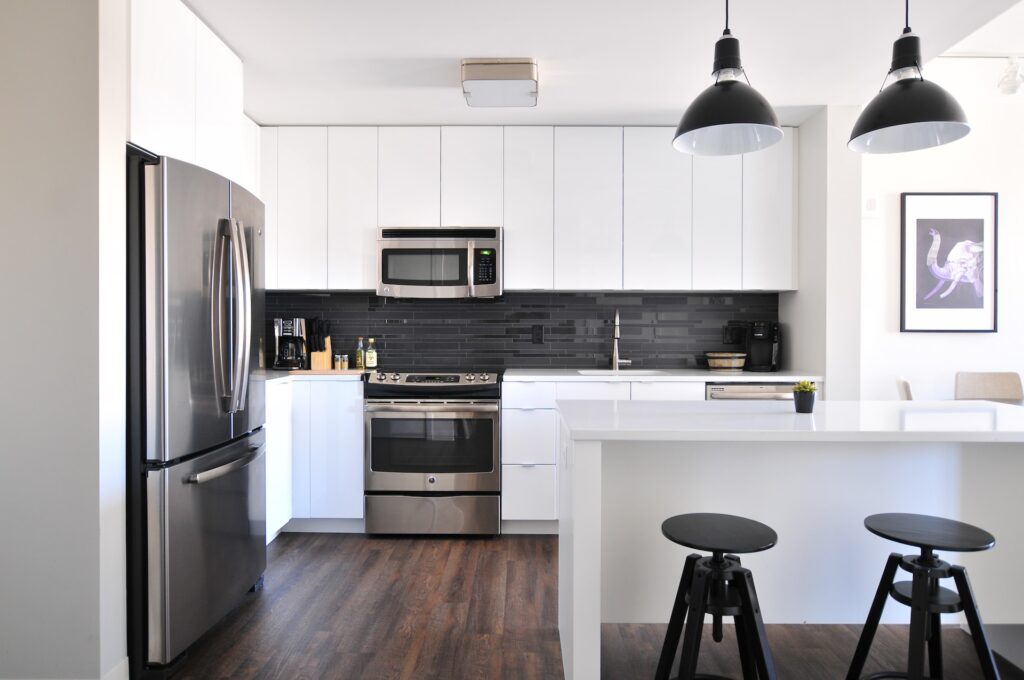
Knowing the correct temperature range for your refrigerator is crucial for maintaining food safety and preventing spoilage. It’s not just about keeping your food cold – maintaining proper refrigeration temperatures can also help preserve nutritional value, taste, and texture of your foods.
The importance of understanding proper refrigeration temperatures becomes even more significant when you consider that bacteria thrive in warm environments – including on food products that are left out too long or stored improperly in an incorrectly set refrigerator. This can lead to serious health risks such as food poisoning or other infections.
Therefore, understanding what temperature your refrigerator should be set at, how to check it regularly, and how to adjust it if necessary can help you keep yourself and others safe from potential harm caused by spoiled food items or pathogenic bacteria growth inside your unit. In this article we will discuss all these topics in detail so you can become informed on how to maintain ideal temperatures inside your fridge!
The Ideal Temperature for a Refrigerator
The ideal temperature range for a refrigerator is between 35°F and 38°F (1.6°C to 3.3°C). This temperature range is important because it helps to slow down the growth of bacteria, which can cause food to spoil and lead to food-borne illnesses. Keeping your refrigerator within this range will help ensure that your food stays fresh and safe to eat.
It’s important to note that different areas of the refrigerator can fluctuate in temperature, so it’s best to use a thermometer to measure the temperature in multiple spots inside the fridge. Some areas, like near the door or on top shelves, may be slightly warmer than others closer to the back or lower shelves.
Factors that can affect the ideal temperature range
Several factors can affect the ideal temperature range for a refrigerator, including: – The ambient temperature of your home: If your home is very warm, then your fridge will have a harder time maintaining its ideal temperature. It’s best to keep your fridge in an area that is cool and away from direct sunlight or heat sources.
– The frequency of door opening: Every time you open your fridge door, warm air enters and cold air escapes, which can cause fluctuations in internal temperatures. Try to limit how often you open the door and keep it closed as much as possible.
– Overcrowding: If there are too many items inside your fridge, air may not circulate properly which can cause hot spots and cold spots. – Age of refrigeration unit: Older refrigerators may not function as well as new ones due to wear-and-tear on its parts.
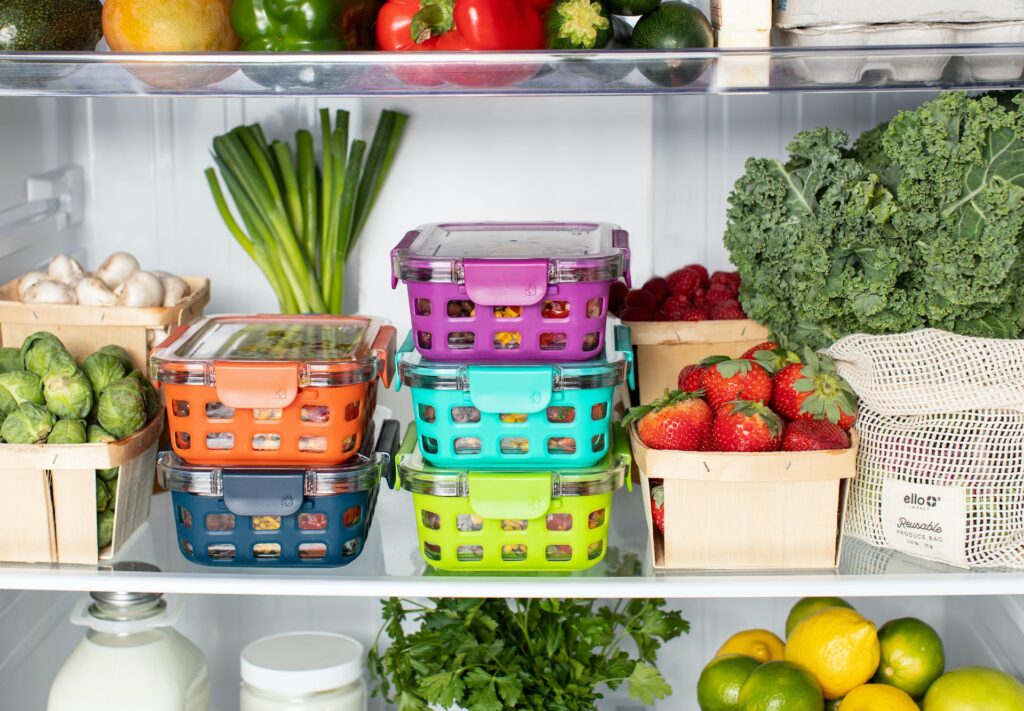
In addition, certain foods require slightly different storage temperatures within this ideal range. For example, dairy products like milk should be stored at around 36°F (2.2°C), while vegetables prefer slightly warmer temperatures around 38°F (3.3°C).
Maintaining the ideal temperature range for your refrigerator is crucial for food safety and longevity. By keeping these factors in mind, you can ensure that your fridge stays within the appropriate temperature range and keeps your food fresh and safe to eat.
Understanding Refrigerator Temperature Settings
Overview of Common Refrigerator Temperature Settings
Refrigerators come with different temperature settings, but the most common ones are labeled as 1-7 or A-E. Each setting corresponds to a specific temperature range, and it’s important to understand what temperature your fridge should be set at for optimal performance. The ideal temperature range for a refrigerator is between 35°F and 40°F (1.6°C to 4.4°C).
This ensures that perishable foods, such as meat, dairy products, and vegetables stay fresh for longer periods. The lower the temperature setting you choose on your fridge, the colder your food will be.
It’s also important to take note of the different compartments in your refrigerator. The upper shelves tend to be warmer than the lower sections because heat rises, so it’s recommended that you store highly-perishable items like meat on the bottom shelf where it’s coldest.
How to Adjust Temperature Settings
Depending on the model of your refrigerator, adjusting its temperature settings may vary. Most models have a control dial located at the back or inside your fridge or freezer that allows you to change its temperature settings.
To adjust the temperature setting on your fridge, locate this dial and turn it towards “Colder” if you want a lower temperature setting. Conversely, turning it towards “Warmer” will increase its internal temperatures.
It’s important not to over-adjust your freezer or refrigerator temperatures as this can cause food spoilage or even damage to some components in severe cases. It’s best practice to make small adjustments at once while carefully monitoring changes in internal temperatures until optimal ranges are reached.
Some modern refrigerators come with digital displays that allow you to adjust their temperatures through an electronic panel on their exterior surface. These digital controls offer more precise control over cooling temperatures and are also less prone to errors when compared to manual dials.
Understanding your refrigerator’s temperature settings is crucial for keeping your food fresh and tasty for longer periods. Be sure to consult your fridge’s manual for precise instructions on how to adjust its temperature settings or seek the assistance of a qualified technician if you’re having difficulty making the adjustments yourself.
How to Measure the Temperature Inside Your Fridge
Knowing the temperature inside your fridge is crucial in ensuring that it is functioning properly and preserving your food. The ideal temperature for refrigerators is between 35°F and 38°F, while the freezer should maintain a temperature of around 0°F. To measure the temperature inside your fridge, you can use a thermometer specifically designed for this purpose.
Place it in the center of the fridge, away from any vents or walls. Wait for about an hour before taking a reading to ensure accuracy.
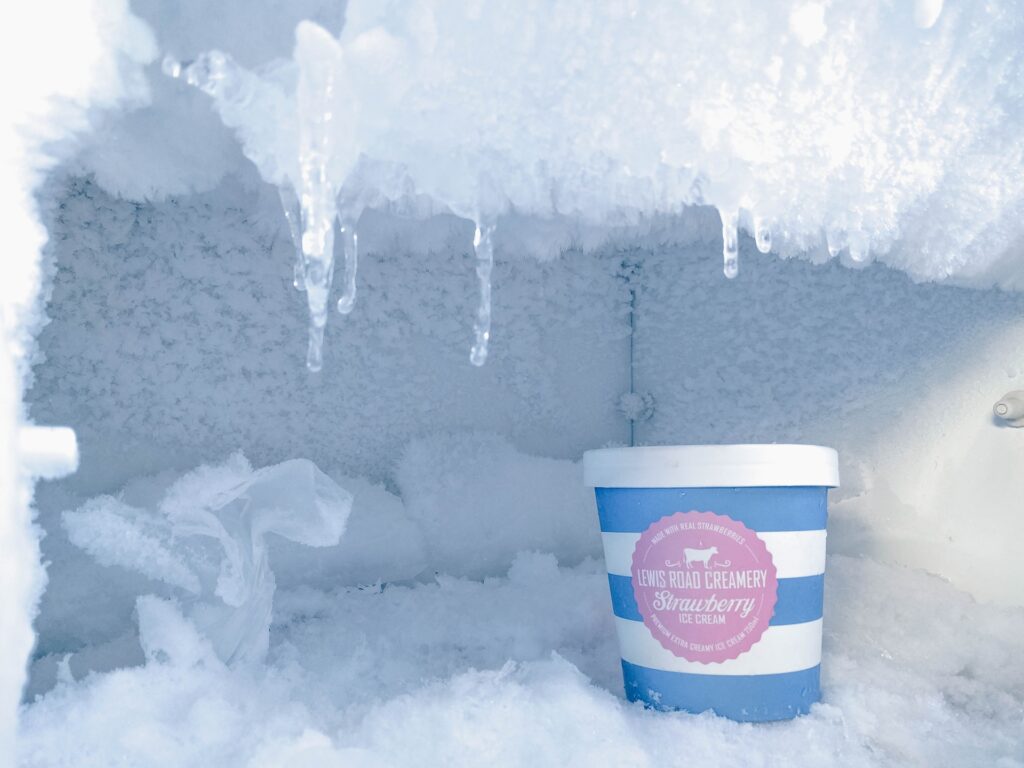
If you notice that your refrigerator’s temperature is consistently off by more than a degree or two, there may be an issue with its cooling system that needs to be addressed. It’s important to check and record your fridge’s temperature regularly, especially if you have reason to suspect that it isn’t working properly.
This will help you catch any potential issues early on before they can cause significant problems. Once you know what temperature your fridge is at, make sure to adjust it accordingly using its settings so that it falls within the ideal range.
The Impact of Opening and Closing Your Fridge Door on Its Internal Temperature
Opening and closing your refrigerator door affects its internal temperature since warm air from outside can get in and cool air from inside can escape when this happens. This means that if you frequently open and close your fridge door, it has to work harder to maintain its ideal temperature range. To minimize this effect, try not to leave the fridge door open for extended periods unnecessarily.
If you need multiple items at once, take them out all at once instead of opening the door multiple times. Make sure that everything that needs refrigeration goes back into the refrigerator promptly as well so as not to increase its workload even further.
If possible, try to place your fridge in a location where it won’t be exposed to direct sunlight or high temperatures. This will make it easier for it to maintain its ideal temperature range and reduce the amount of extra work it has to do.
Remember that every time you open the door, you are letting cold air escape and warm air in, which can ultimately affect the temperature inside your fridge. So be mindful of how often you open and close your refrigerator door.
How to Troubleshoot if Your Fridge is Not Maintaining Its Ideal Temperature
If you notice that your refrigerator is not maintaining its ideal temperature range despite adjusting its settings or if the thermometer readings indicate that something is off, there are a few troubleshooting steps you can take. Firstly, check if there’s anything blocking the vents inside the fridge and freezer. If these vents are obstructed by food or other items, then they may be preventing proper circulation of cold air throughout the refrigerator.
Remove any obstructions that may be present. Secondly, check if there’s any damage to the seals around the fridge door.
If these seals are compromised in any way (due to wear and tear or lack of cleaning), then they may not be able to prevent warm air from entering as well as they should. In this case, replacing them may be necessary.
If none of these steps resolve the issue, then it may be time to call in a professional technician who can diagnose and repair any more complex problems with your refrigerator’s cooling system. By keeping an eye on your fridge’s performance and taking proactive measures when necessary, you can help ensure that it maintains its ideal temperature range for longer periods and prevent costly repairs down the line.
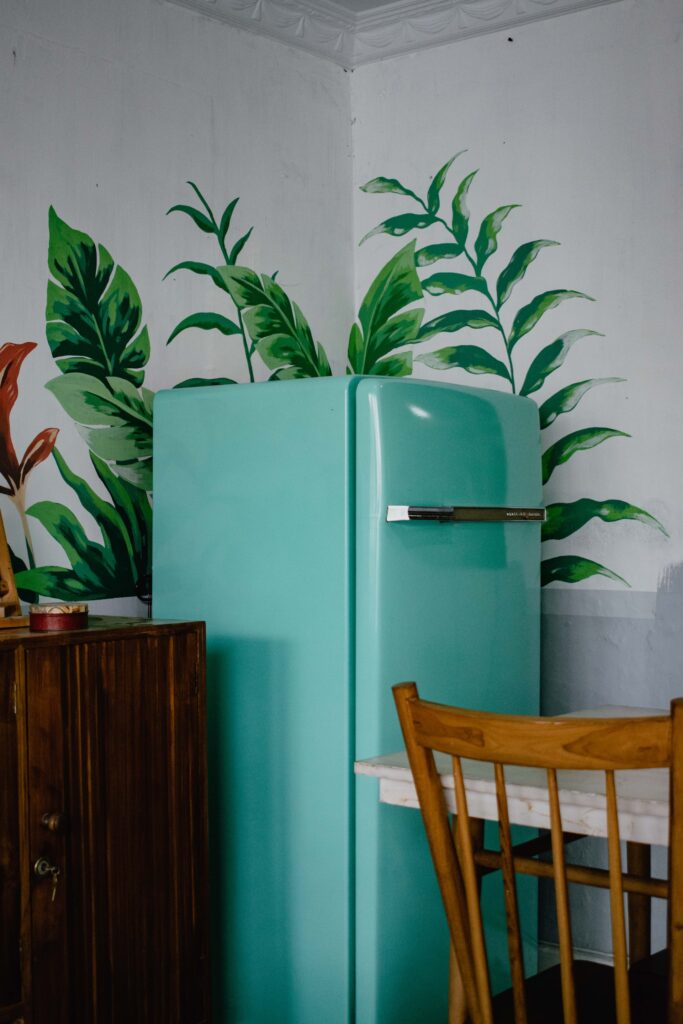
Small Details
The Impact of Food Placement Inside Your Fridge on Its Internal Temperature
Have you ever noticed that some areas of your fridge are colder than others? This is because the location of food items inside your refrigerator can greatly impact its internal temperature. It’s important to understand how to properly organize your fridge, not only for the safety of your food but also for the energy efficiency of your appliance.
If you want to keep perishable items like dairy, meat, and fish fresh for longer periods, it’s recommended to store them in the coldest part of the fridge, which is usually at the bottom back area. The upper shelves should be used for non-perishables like condiments and beverages.
Vegetables and fruits can be stored in drawers with adjustable humidity settings built into most modern fridges. Another factor to consider is overcrowding your refrigerator.
When there are too many items in a small space, it can disrupt airflow and cause temperature fluctuations within the fridge. This can lead to uneven cooling and potentially spoilage of food items.
The Difference between Freezer and Refrigerator Temperatures
It’s important to note that freezer temperatures are typically much colder than refrigerator temperatures. While refrigerators usually operate at a range between 35°F-40°F (1°C-4°C), freezers generally need to stay below 0°F (-18°C) to keep food frozen solidly. The difference in temperature ranges between refrigerators and freezers is due mainly to their respective purposes: refrigerators are meant primarily for storing chilled or room temperature foods while freezers are designed specifically for preserving frozen goods over long periods.
It’s worth noting that some modern refrigerators come with a feature called “dual-zone” cooling, which allows users to adjust different compartments within their appliance independently from one another: this means you can set one part as a refrigerator and another as a freezer. This feature is particularly useful for large families or those who frequently host guests, as it allows you to store more food items at the right temperature.
While both the fridge and freezer are necessary components in modern kitchens, it’s important to understand their differences to ensure proper food storage. By organizing your fridge correctly and being aware of temperature ranges, you can ensure that your food stays fresh, lasts longer and is safe for consumption.
Conclusion:
Reiteration of Why It’s Important to Know What Temperatures are Appropriate for Refrigerators
Understanding the appropriate temperatures for a refrigerator is crucial in keeping food safe and fresh. Bacteria can grow rapidly at warmer temperatures, which could cause foodborne illness if consumed. According to the USDA, refrigerators should be kept at a temperature of 40°F or below to slow bacterial growth.
Similarly, the freezer should be kept at 0°F or below to preserve frozen foods properly. It’s also important to note that different types of food have different temperature requirements.
For example, meats and dairy products require colder temperatures than fruits and vegetables. Therefore, arranging your fridge contents accordingly can help maintain the ideal temperature range and avoid cross-contamination.
Final Thoughts on Maintaining Proper Refrigerator Temperatures
Maintaining proper refrigerator temperatures requires some effort from the user, such as regularly checking temperatures with a thermometer and adjusting settings according to changing conditions like frequent door opening or power outages. It may seem like a hassle, but it’s worth it for keeping your food fresh and preventing potential health hazards. One helpful tip is to keep your refrigerator stocked properly without overloading it.
Overcrowding can prevent air circulation, making it harder for your fridge to maintain its ideal temperature range consistently. Always be vigilant about any issues with your refrigerator that could affect its cooling ability and internal temperature range.
A malfunctioning fridge can quickly lead to spoiled food and wasted money. By following these simple guidelines for maintaining proper refrigerator temperatures in your fridge and freezer compartments, you’ll ensure that your perishables stay fresh longer while avoiding any potential health risks associated with bacterial growth from improper storage conditions.
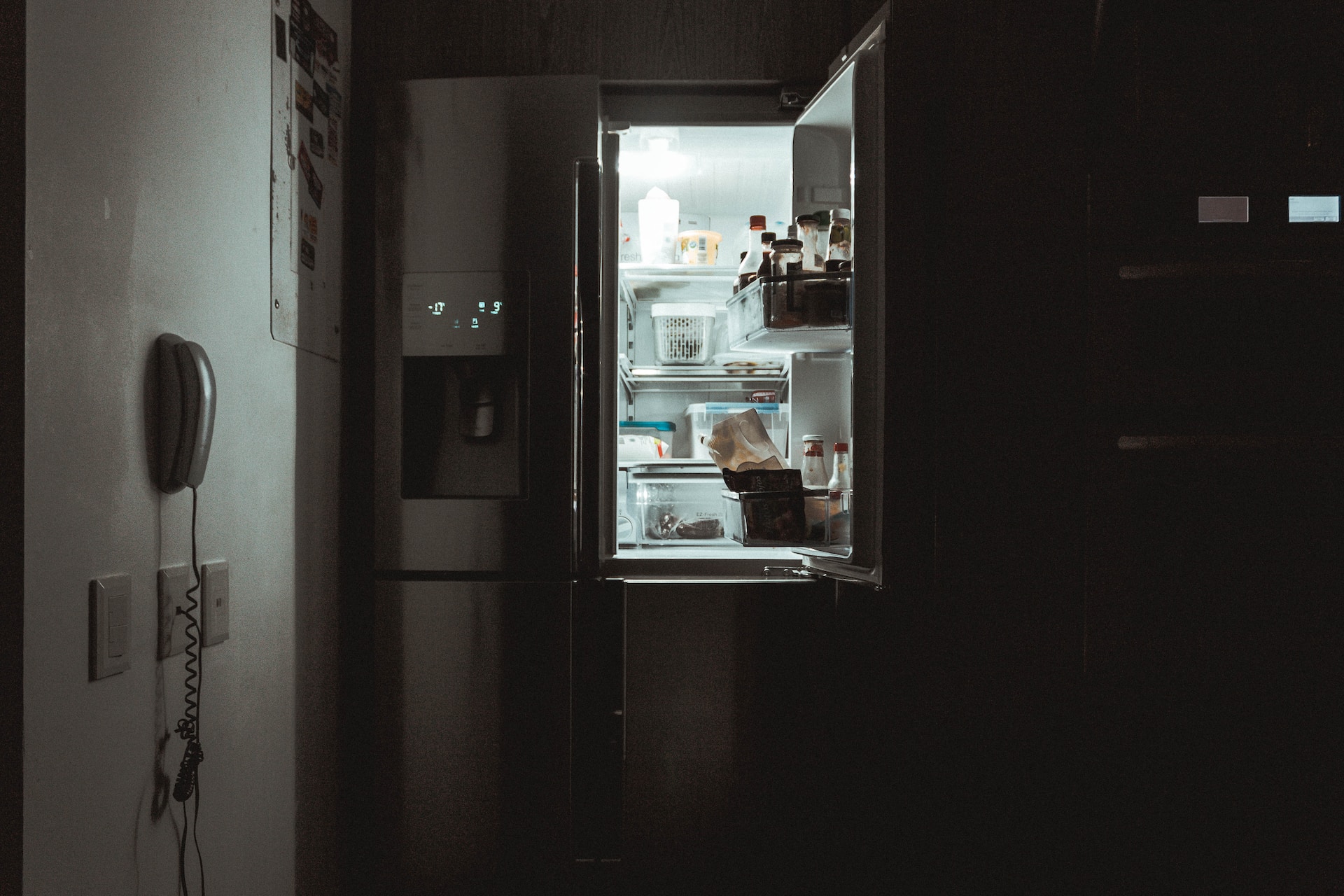
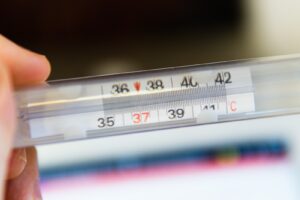
3 thoughts on “The Chilling Truth: What Temperature Is A Refrigerator Supposed To Be At?”